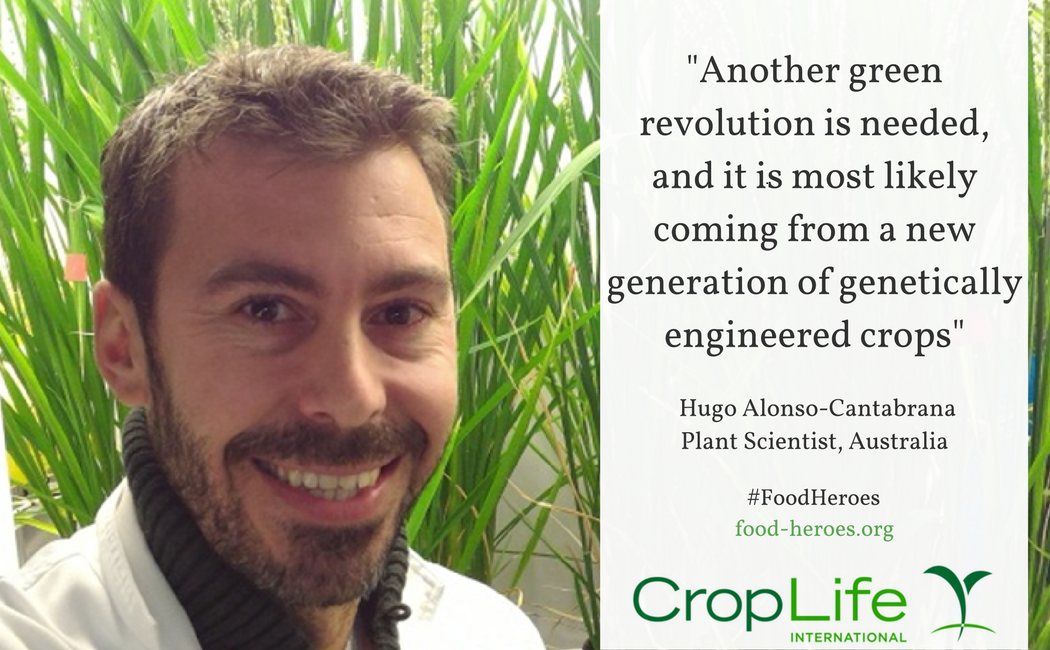
What inspires plant scientists and why is their job so important? Hugo Alonso-Cantabrana explains:
Why did you want to be a plant scientist?
I was initially interested in genetics and molecular biology. It was pretty much accidental that I started using plants as research models. During my PhD I realized the potential for biotechnology in crop enhancement, and decided to steer my career towards applied research on that matter. Feeling that my work may make a difference keeps me motivated.
Can you explain what your job involves?
I work in a multidisciplinary lab, with the general aim of improving crop photosynthesis and yield. We build and use synthetic biology tools to genetically modify rice, and then analyze the resulting plants at every level.
I am part of the international C4 Rice consortium, funded by the Bill and Melinda Gates Foundation. We are in permanent contact with collaborators and colleagues to share our views and ideas with. Despite the competitiveness of the academic world, I found that scientists in our field are generally willing to help each other.
What are the crop enhancements that you are working on?
We are improving photosynthesis, which is the core of plant metabolism. It is the process they use to convert CO2 and solar power into sugars, that then humans and other animals consume as food, so photosynthesis is tightly linked to crop productivity. However, some plants are more efficient than others in this process, meaning that they produce more sugars using less resources like water or fertilizer. These highly efficient plants, like maize or sorghum, do a type of photosynthesis named C4, whereas other crops like rice or wheat use a simpler, less productive type named C3. We are “transplanting” the genes needed to do C4 photosynthesis into rice.
Can you describe how this will benefit farmer/society?
A yield increase of up to 50% has been predicted for a theoretical C4 rice plant. This would really make a difference for food security in coming years, especially considering the growing world population and the adverse impact of climate change in many farming areas. Moreover, if our strategy is successful, it could be applied to other major crops such as wheat.
Why is your profession important in the challenge to feed the world?
Crop productivity has been steadily increasing during the past decades, thanks to farming industrialization and the release of new crop varieties using conventional breeding strategies. But that improvement rate is currently stagnating and the general consensus is that it is going to be insufficient to feed the predicted population in 2050.
Another “green revolution” is needed now to face these challenge, and it is most likely coming from a new generation of genetically engineered crops. Unfortunately, the bad press associated to GMOs is delaying progress in this area. However, I’m confident that new technologies like gene editing, combined with a better understanding from the public and policymakers, will overcome these obstacles in the coming years.
What inspires you about your job?
Collaborating with people all over the world is an amazing experience. I felt really inspired after my first visit to our colleagues in the Philippines: scientists are sometimes a bit disconnected from the real world, too focused in minuscule parts of our research, so walking next to the rice paddies and talking to the people working in the field was an eye-opening experience.

